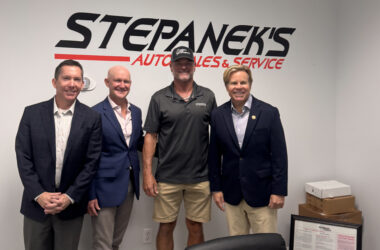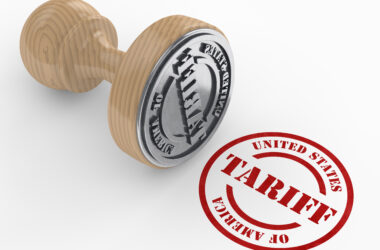From the August issue of UCD
By Kyle Rohrs
Data mined by SentiLink from the first half of 2025 shows that synthetic fraud rates in auto lending are higher than in other forms of lending, such as credit cards or consumer loans. Synthetic fraud blends real and fake personal information to create a fictitious identity.
When a dealership only checks a consumer’s driver’s license during the application process, it creates an opportunity for fraudsters. Ninety-nine percent of fraud with SentiLink’s auto partners is first-party synthetic, meaning consumers use their actual name and true date of birth, but not their real Social Security Number (SSN).
What’s surprising to many lenders is just how pervasive the “fraud as a service” economy is, and how easily consumers can inject fake information into the credit reporting system. Those who commit synthetic fraud create a “burner credit profile” with credit bureaus, gaining access to credit they ordinarily would not qualify for.
This is not an underground problem being carried out by a hacker in a hoodie. Code words such as “CPN,” which stands for credit privacy number, fuel an entire ecosystem on YouTube, Instagram, and TikTok. Consumers have the option to buy completely pre-made synthetic identities with aged tradelines that are ready to use.
For those who want to build their own synthetic identities, there are tradeline marketplaces that allow consumers to buy or sell access to strangers’ tradelines. Buyers are added as authorized users to the credit accounts of unknowing victims, providing aged tradelines with a high credit limit. When power users of these sites continually add strangers to their tradelines, it creates a “nesting” scenario for synthetic identities. SentiLink has observed more than 10,000 unique addresses, each with more than 20 synthetic identities “living” there.
Synthetic fraud surfaced after the 2008 economic crisis, but the ignition switch for this attack vector occurred just a few years later. In 2011, the Social Security Administration began issuing randomized SSNs. Before 2011, the first five digits were assigned based on when and where someone was born. Randomized SSNs make it very difficult to determine the difference between a consumer who immigrated after 2011 and a synthetic identity.
Within synthetic fraud are two types of identity theft — fraud for living and fraud for profit. For example, consumers new to the country who cannot get a car because they do not have an SSN and credit history commit ‘fraud for living’. These stolen tradelines are usually paid because the consumer’s intent is simply to get a vehicle, not to profit from defrauding auto lenders.
But of course, there are also fraudsters who maliciously target auto lenders with no long-term intention of paying off the loans. When determining whether charged-off accounts may be due to synthetic fraud, it is essential to understand the timing for non-repayment. Loans to synthetic identities typically make the first couple of payments. The delta in performance between a loan to a synthetic identity versus that of a normal consumer begins to grow between six and nine months.
To prevent such credit losses, here are a few tips on how to spot synthetic identities before they drive off the lot with your vehicle:
- Ensure that the SSN provided on the credit application is the best-matching SSN for the consumer. Unless someone is new to the country, a part of the witness protection program, or has some other rare situation, they should not be using a randomized SSN.
- Pay close attention to the first-seen dates on the credit report and authorized user tradelines. If a consumer was first seen by the bureaus in 2015, but they have two closed user tradelines that were opened in 2013, that is a major red flag.
- Consumers who go through the trouble of creating synthetic identities are also highly likely to falsify employment or ability to pay information. When you suspect an applicant of synthetic fraud, asking for additional information and documents will usually get them out of your funnel. Fraudsters will always take the offer with the least amount of stipulations attached.
Kyle Rohrs
kyle@sentilink.com










